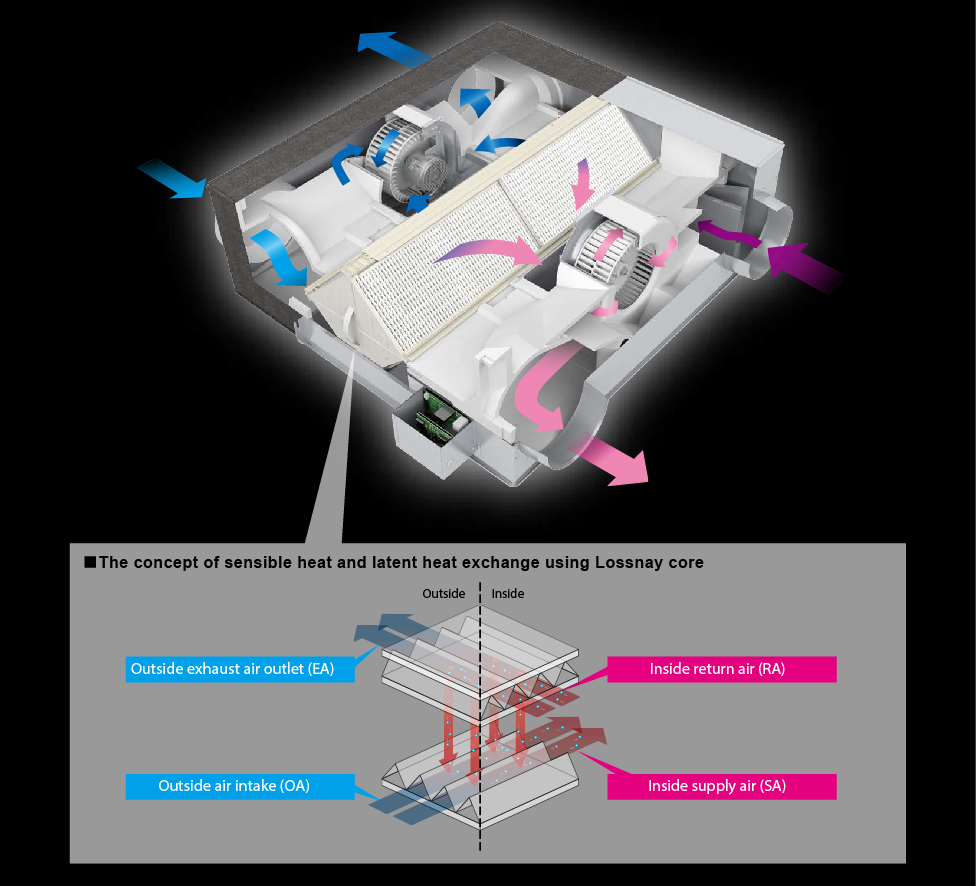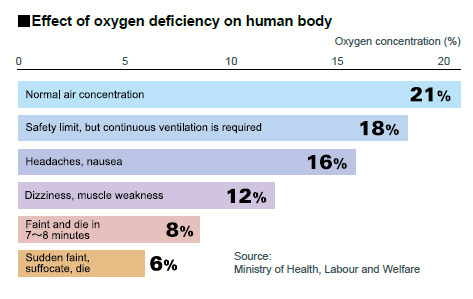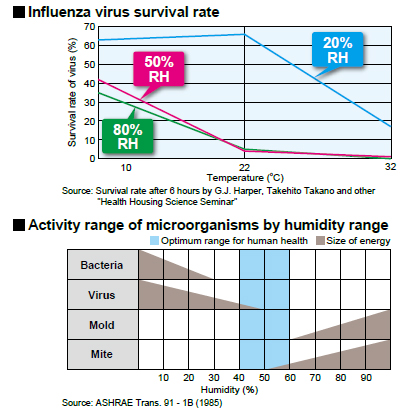Ventilators
Lossnay
Indoor air quality inside a building is optimised through temperature and humidity exchange by Lossnay

After launching its first generation in 1970, Lossnay has evolved by always looking ahead of the air conditioning needs of the times, which continue to diversify.
The technology is used in a wide range of applications and units have been widely adopted in residences, office buildings, hospitals, schools, etc.
-
The need for ventilation
Poor air quality can be attributed to many problems arising in the workplace and in the home. It is believed to contribute to a significant loss in productivity, low morale and higher rates of sickness. Providing good ventilation in residential and commercial buildings is to provide conditions under which people can live and work comfortably and safely.

-
The need for appropriate humidity management
Viruses such as influenza are found to be active and the survival rate high in low humidity and dry environments. In general, the survival rate is said to decrease significantly when the relative humidity is 50% or more the temperature is 20oC. During the winter, keeping an appropriate humidity and heating temperature can help prevent influenza.


